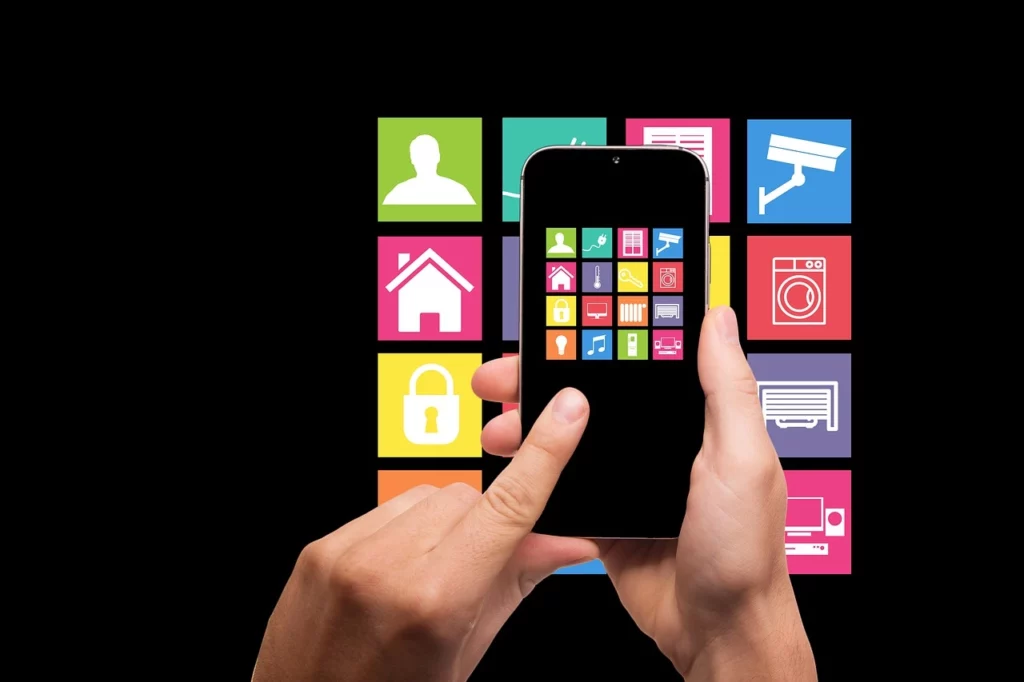Using cash is literally not only old-fashioned but also an insecure choice. Due to COVID-19 restrictions (and not only) doing payments online has become a new trend as a safe, fast, convenient option. Besides, by having a smartphone you can pay for any goods or services right here, right there.
So all these reasons have caused a mobile payment app to have impressive popularity. That’s why developing a new system for customers is a brilliant and definitely profitable idea. In the following guide, we are going to clarify how to create your online payment software and succeed with it.
In This Article
P2P payments: what you need to know
P2P means peer-to-peer and refers to a system that is dedicated to transferring money from one electronic wallet to another. Also, such a technology lets a customer send funds to banking accounts as well.
However, despite the external simplicity of such a system, P2P payment solutions aren’t easy to develop. On the one hand, you can stand for your target audience and treat it with high-demand services with benefits. On the other hand, there is significant competition in the market for similar apps.
Anyway, developing your P2P software is definitely worth your investment. Here are the main reasons why you should try to build a P2P system:
– this trend impresses with its fast growth. Among other FinTech technologies, P2P mobile payments target a huge audience. For instance, in 2015 a new platform called Revolut was founded and nowadays it has more than a million users in 15 countries of the European Union;
– people all over the world demonstrate constantly increasing interest in cashless payments. They value contactless and card-free options more than ever nowadays. Once users try P2P payments then they don’t want to use cash or credit cards as often as in previous years. For instance, PayPal has got a 23% growth in the recent year because customers value instant transactions;
– free niches are available at the moment. According to the latest statistics, approximately 31% of people on the globe don’t use such useful solutions. It means that you can target them with your newest software and speed up the spread of your app. All you need is to Build A P2P Payment App and create a unique marketing strategy to promote it as well.
In addition, there is no need to create a totally new model. You are free to copy an existent monetization approach from PayPal or another popular platform and take advantage of it. All these reasons highlight that today is the best time to start your new project in this field.
Risk-free, safe, and speed – these key advantages of P2P systems grab the audience’s attention. You can’t stop people from wanting a better way to make payments. The best you can do is to create a new, more beneficial P2P mobile application.
Step-by-step instructions to develop P2P software
After facing the tasty advantages and possibilities of this niche, you desire to reveal how to build a peer-to-peer payment app. And that’s what we are going to share with you.
In general, the development procedure isn’t fast and simple. You can just hire a team and explain your goals. Although, managing the investments for the project is also your point of interest. There are many tasks and challenges you have to go through, so let’s divide them into several steps.
Step #1. Consider business tasks
The business side of P2P app development includes legal compliance according to the location of your software functioning, the overall business model, and the promotion strategy. Let’s take a closer look at each of these tasks:
– legal compliance. Based on the exact region, you need to reveal the conditions you are going to work in. For instance, the USA has many regulations and federal nuances for the FinTech area; in the European Union you must meet specific requirements on how to manage personal banking data;
– overall business model. First of all, planning your budget is an essential step. It includes not only P2P payment app development but also marketing expenditure. Keep in mind geographical limitations before developing an app, dispute policy to prevent and solve issues, currency conversion for international transactions, and so on;
– promotion strategy. Marketing is as important as development. You should not only plan marketing costs to be ready to effectively create your brand and attract your users. Keep in mind that you will have to spend the same or an even bigger sum on marketing to make your software recognizable and attractive.
Step #2. Manage the core tech side
Now it’s time for you to dive deep into the technical processes. Before you can start your P2P app development, you need to manage the tech side of your project. And that is the discovery stage that includes the following steps:
– analyze your ideas and your target audience. You will create your software for people who should love it enough to use it. So reveal your potential customers’ pains and desires to state your final hypothesis. By skipping this step, you are ruining your project even before it actually starts;
– conduct research. Statistics say that 90% of startups fail. If you don’t want to join these numbers then some research is essential. It’s important to analyze not only your target audience but also your competitors with different levels of success;
– select your app features and particularities. You should craft an official document in which you can record all important details for your mobile payment app development. Don’t forget to include possible risks here and relevant solutions.
Thanks to completing this step, you can cut your costs, reduce risks, and validate your brilliant idea. The next step will definitely get you closer to your success.
Step #3. Manage the design process
The design step is vitally important for P2P app development. Long story short, this is a stage of your idea transforming into a real solution. So here are the key things to manage:
– mind mapping to let the development team understands and reach the founder’s vision;
– identifying the users’ needs (UX design);
– creating an appropriate interface (UI design);
Step #4. Start developing with further software testing
That is the most responsible and long-lasting phase. Now your development team will transform all previous practices and achievements into a ready-made payment application. From the user authorization push notifications – all features you planned and designed should be integrated. That’s how a successful app is born.
Nota bene! If you want to know how to build a social payment app, you can’t miss the testing stage. No matter how hard your team did its work, there would be issues of different kinds. This is okay, the development process requires testing. Thanks to it, you can detect and improve glitches before an official launch.
Finally, you need to launch your P2P software. Thanks to all your efforts performed in the previous stages, you will take place at the best mobile payment apps in App Store and Google Play. The development process may seem long and complicated, but the results of it are definitely worth your investment. So begin now to carve your niche!




